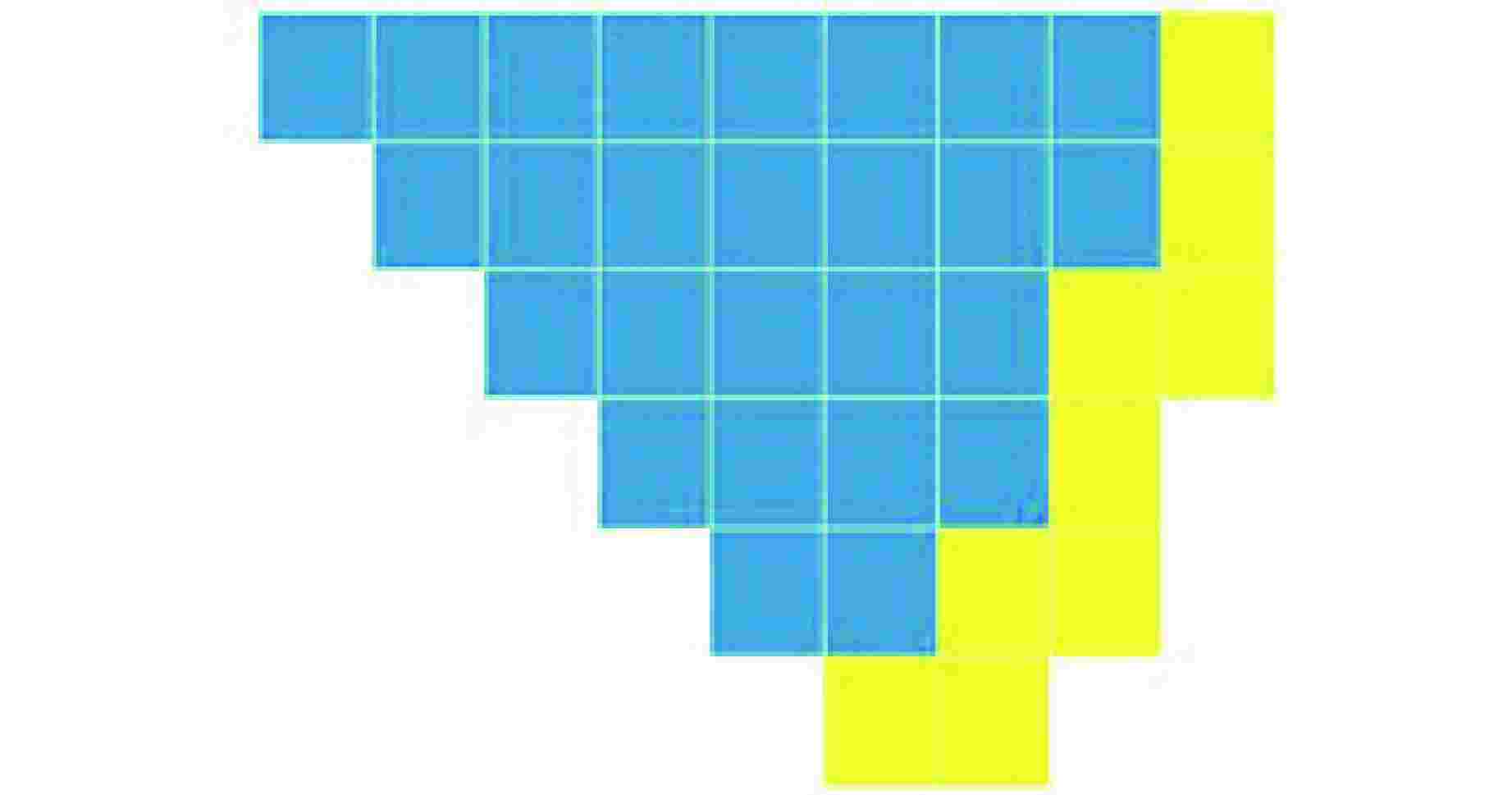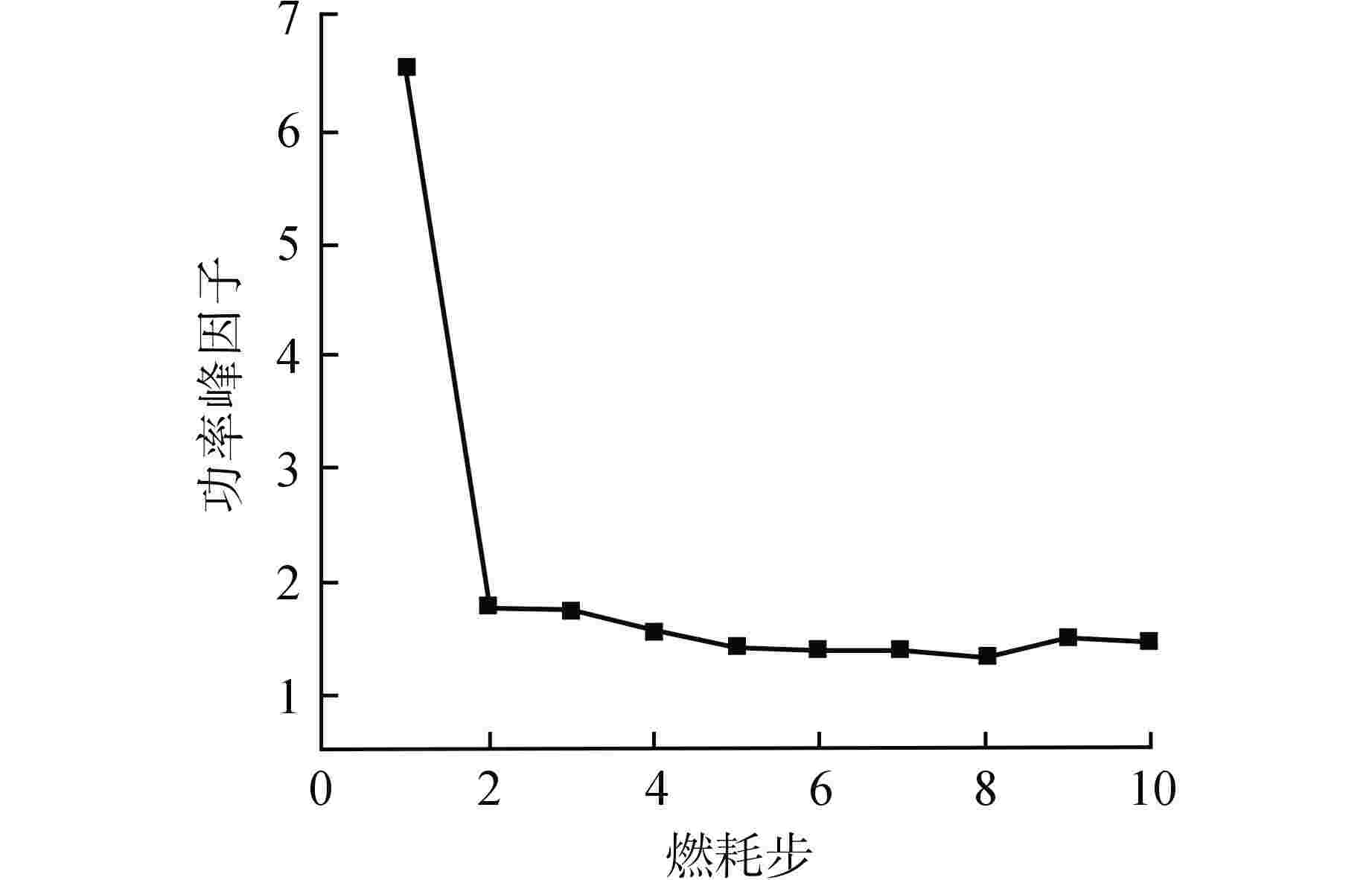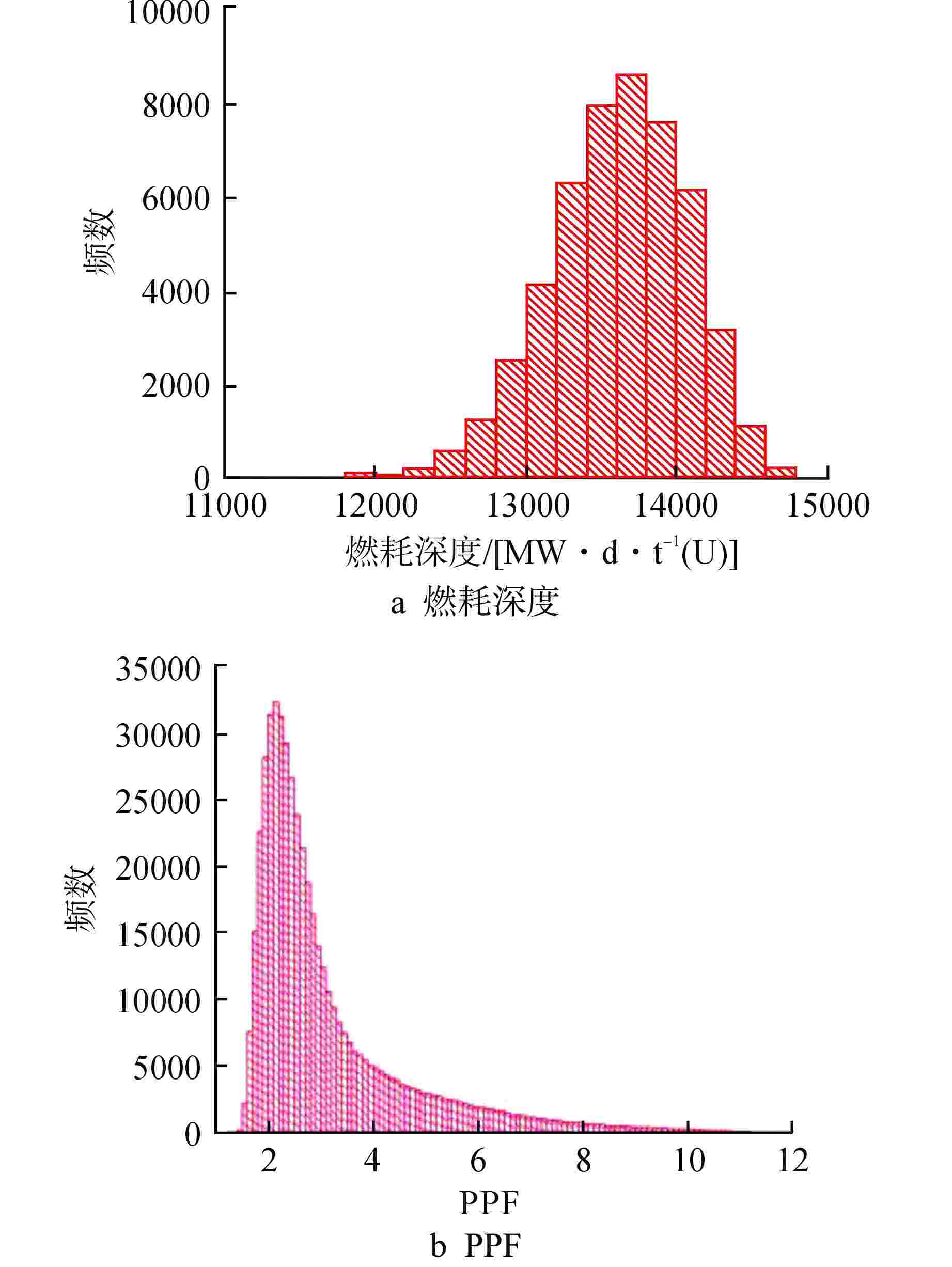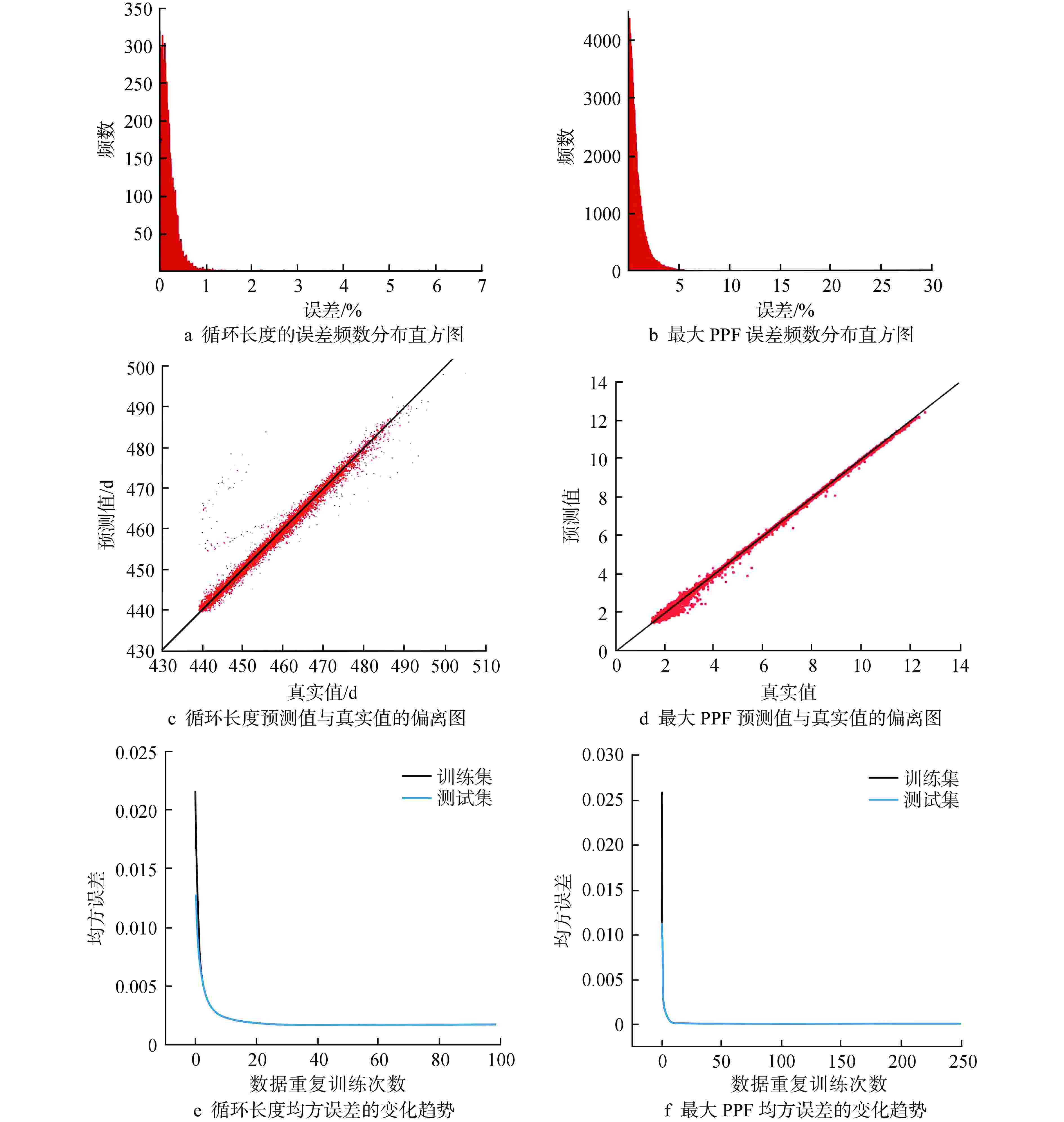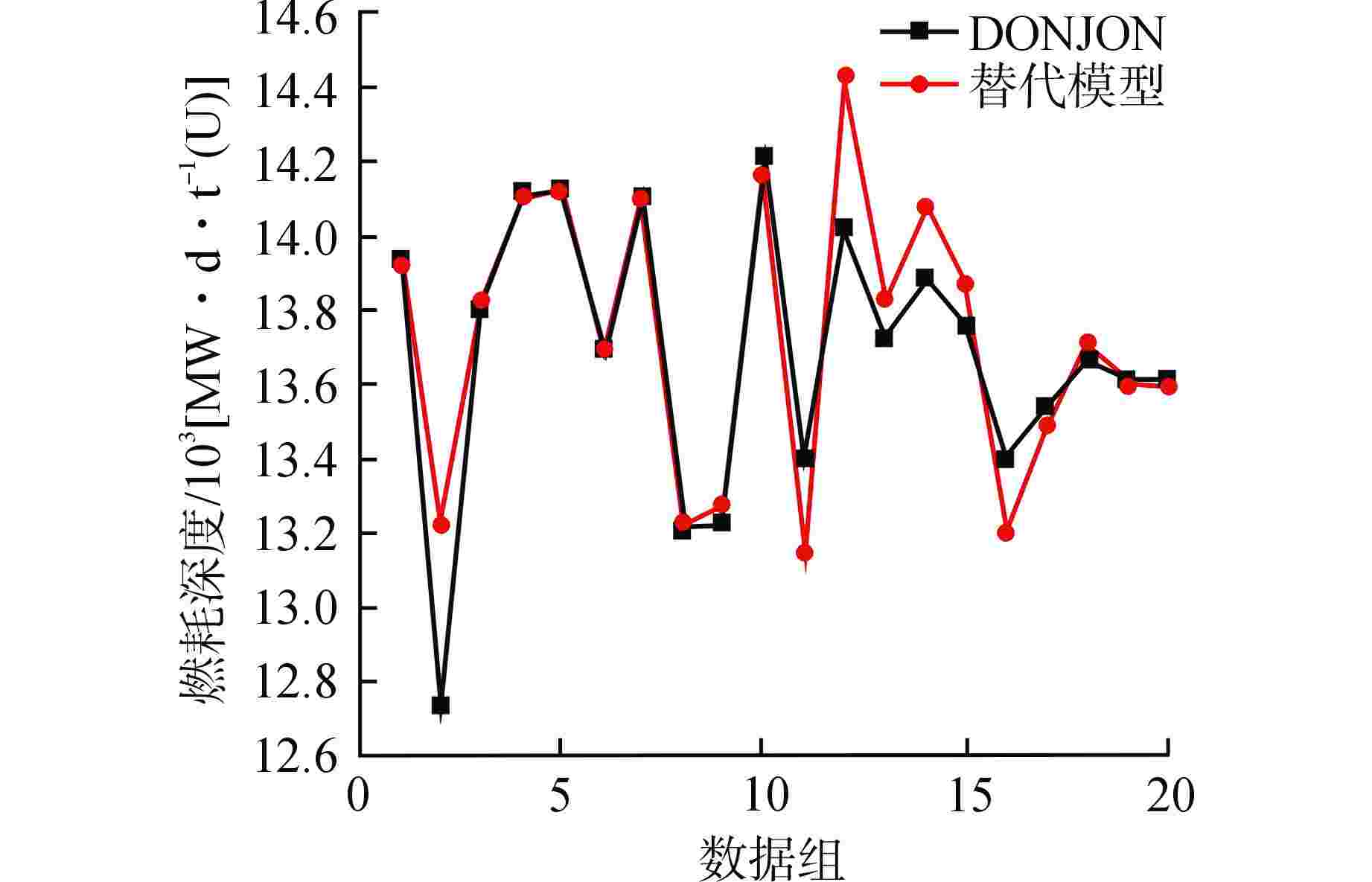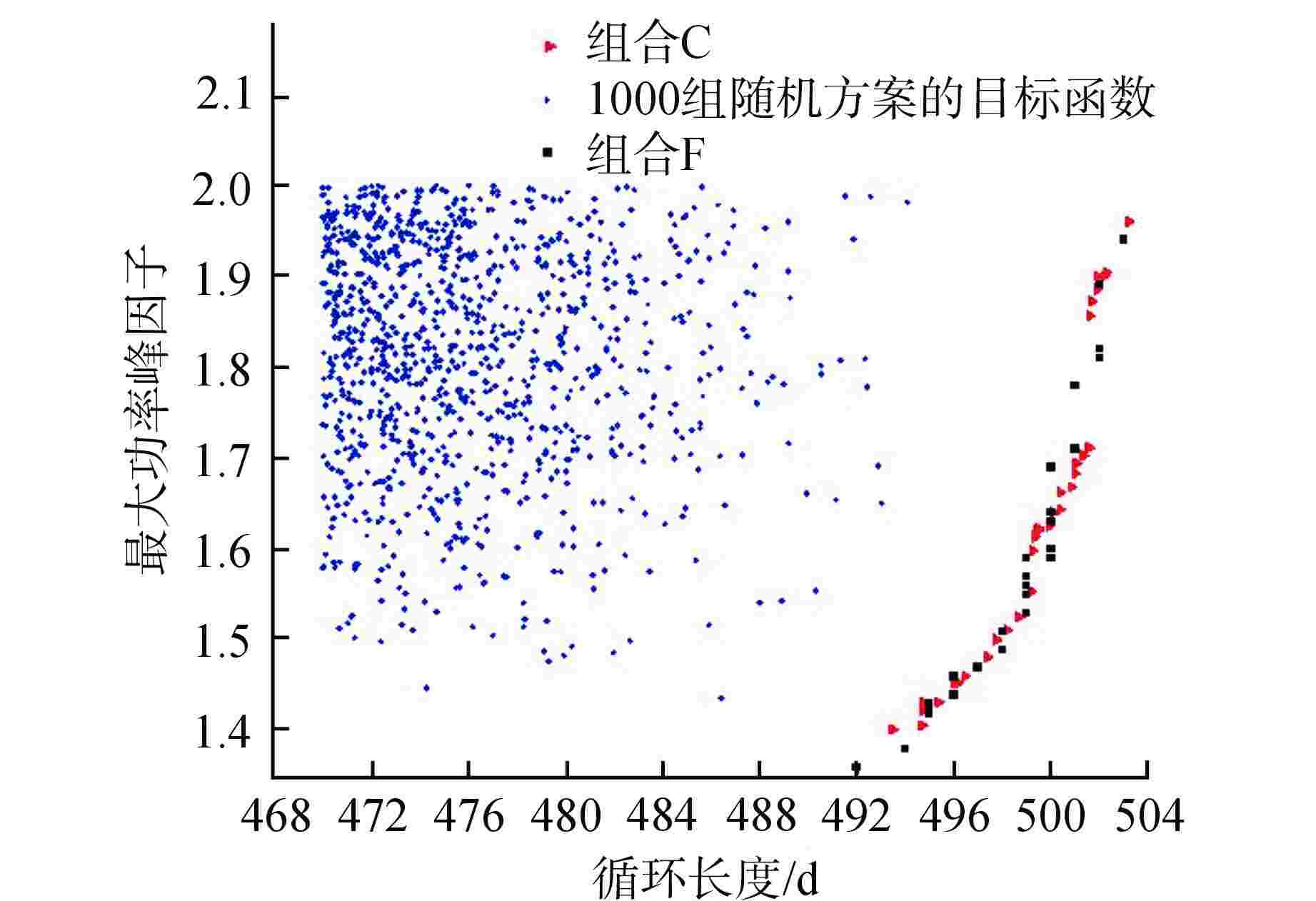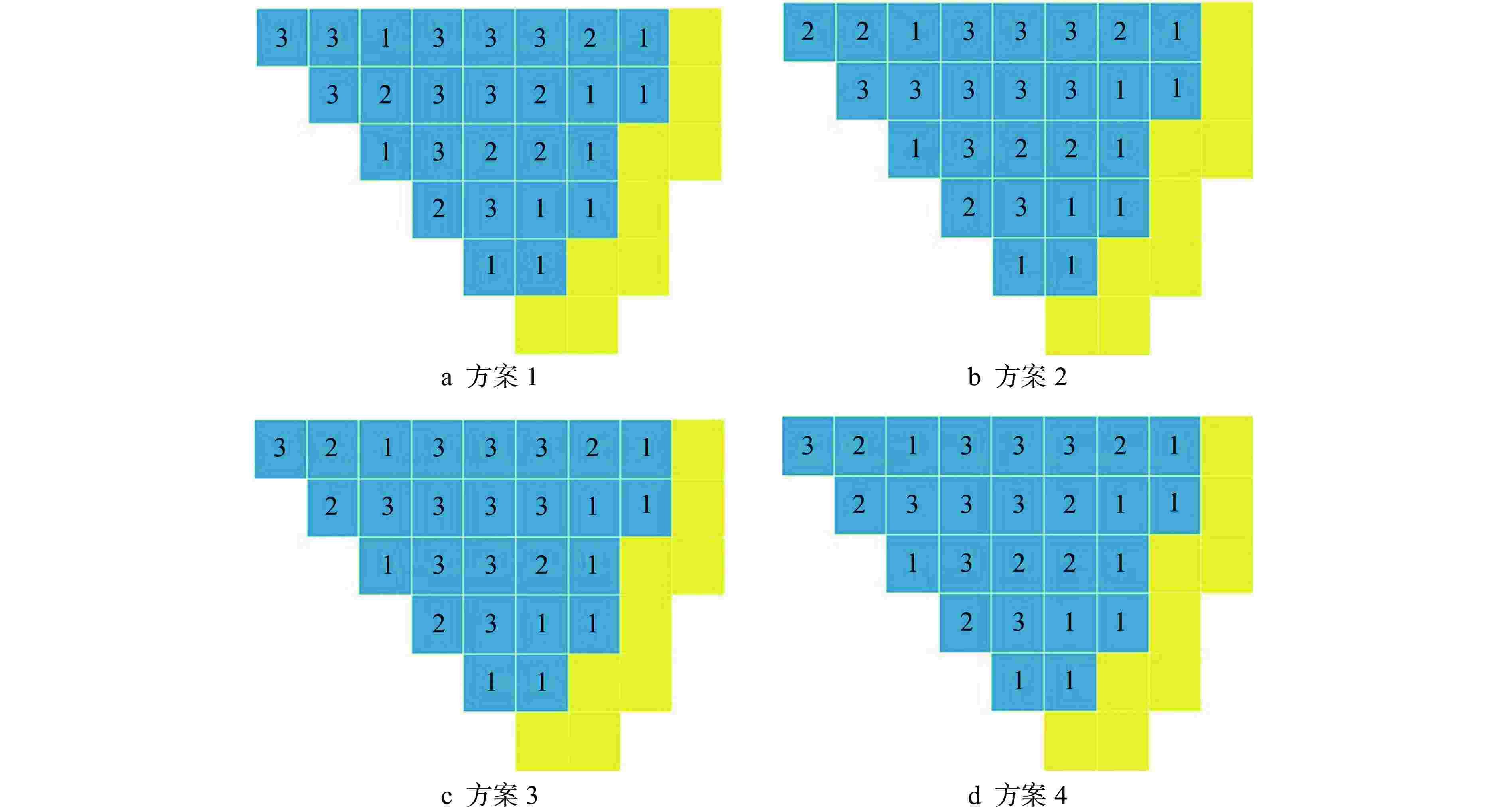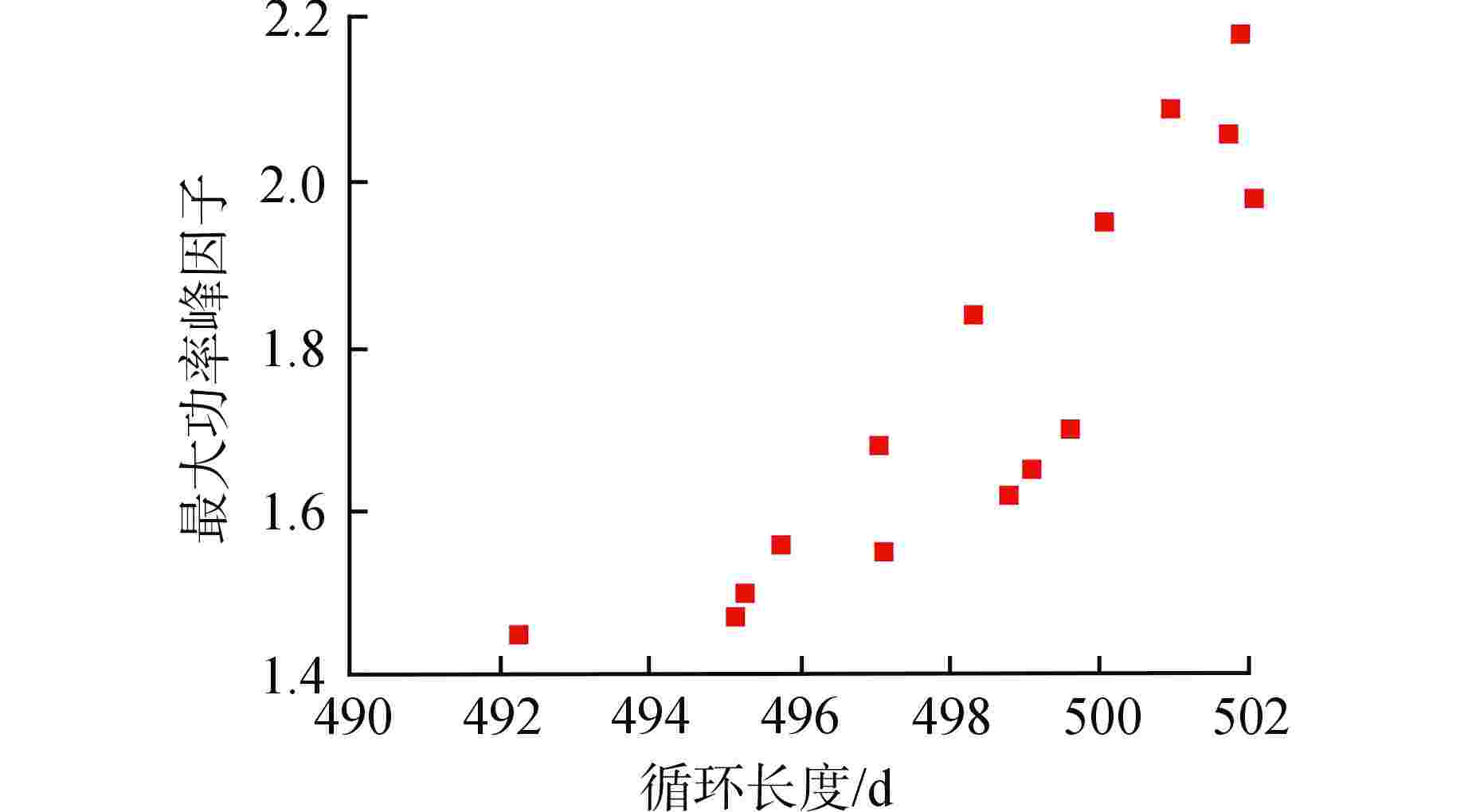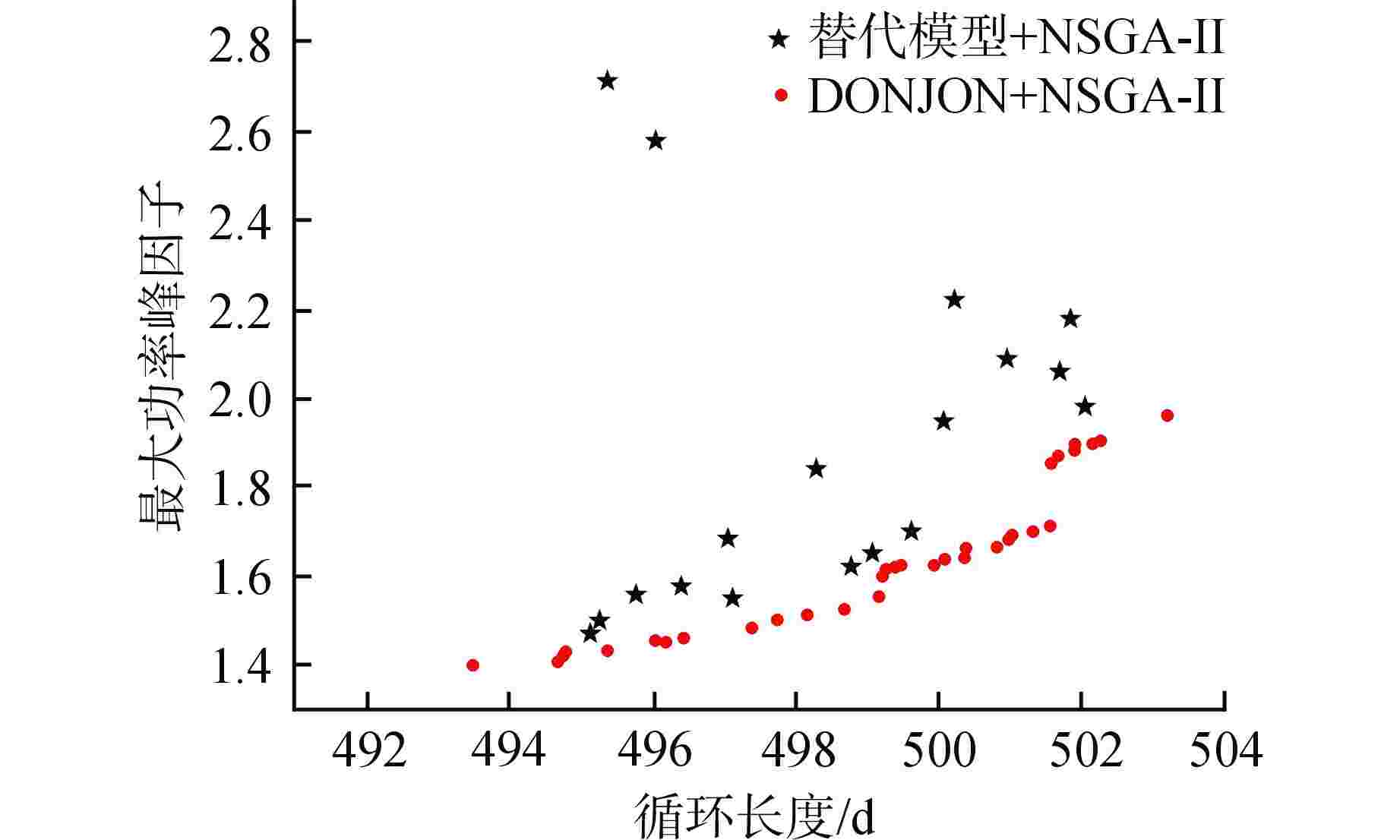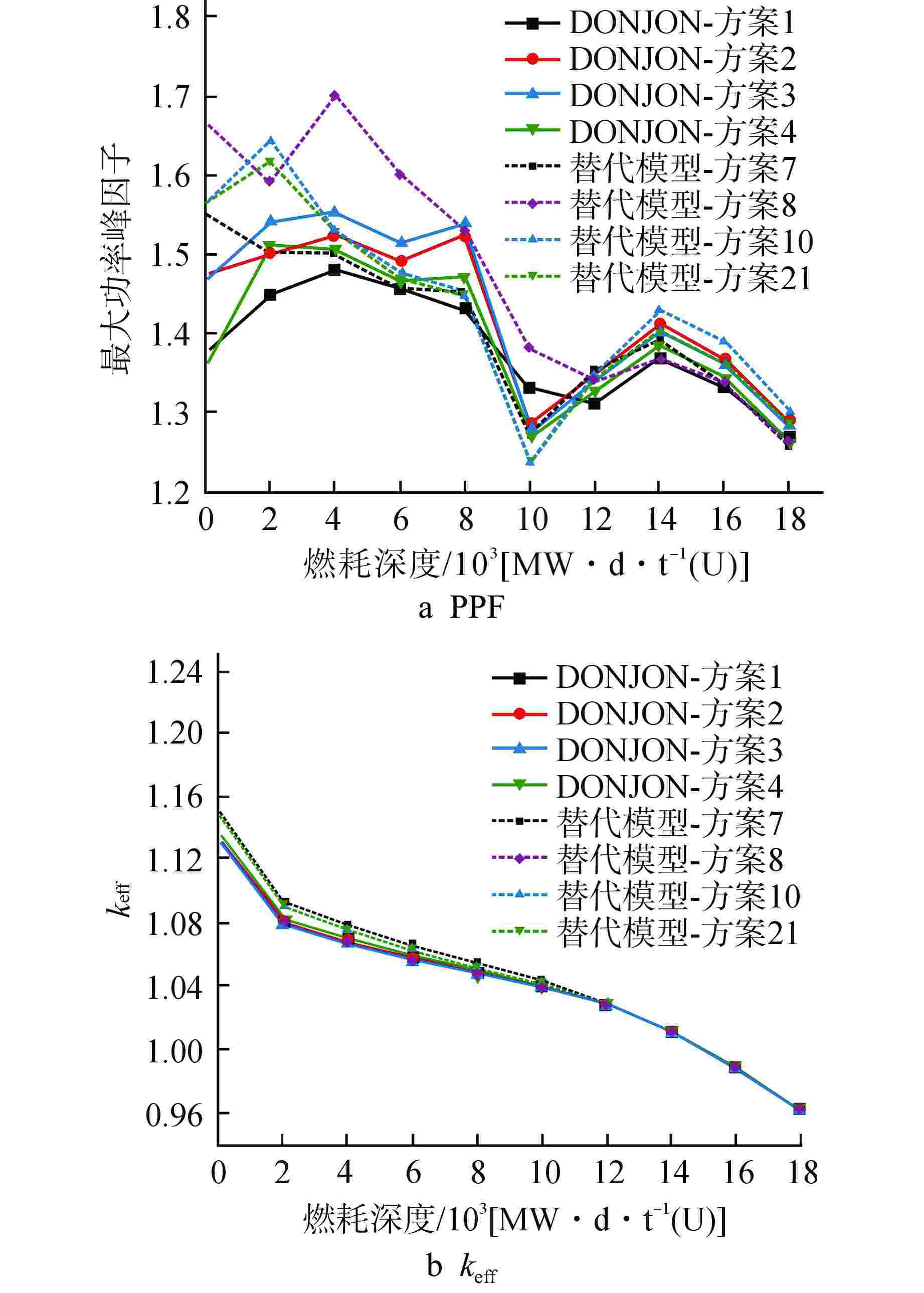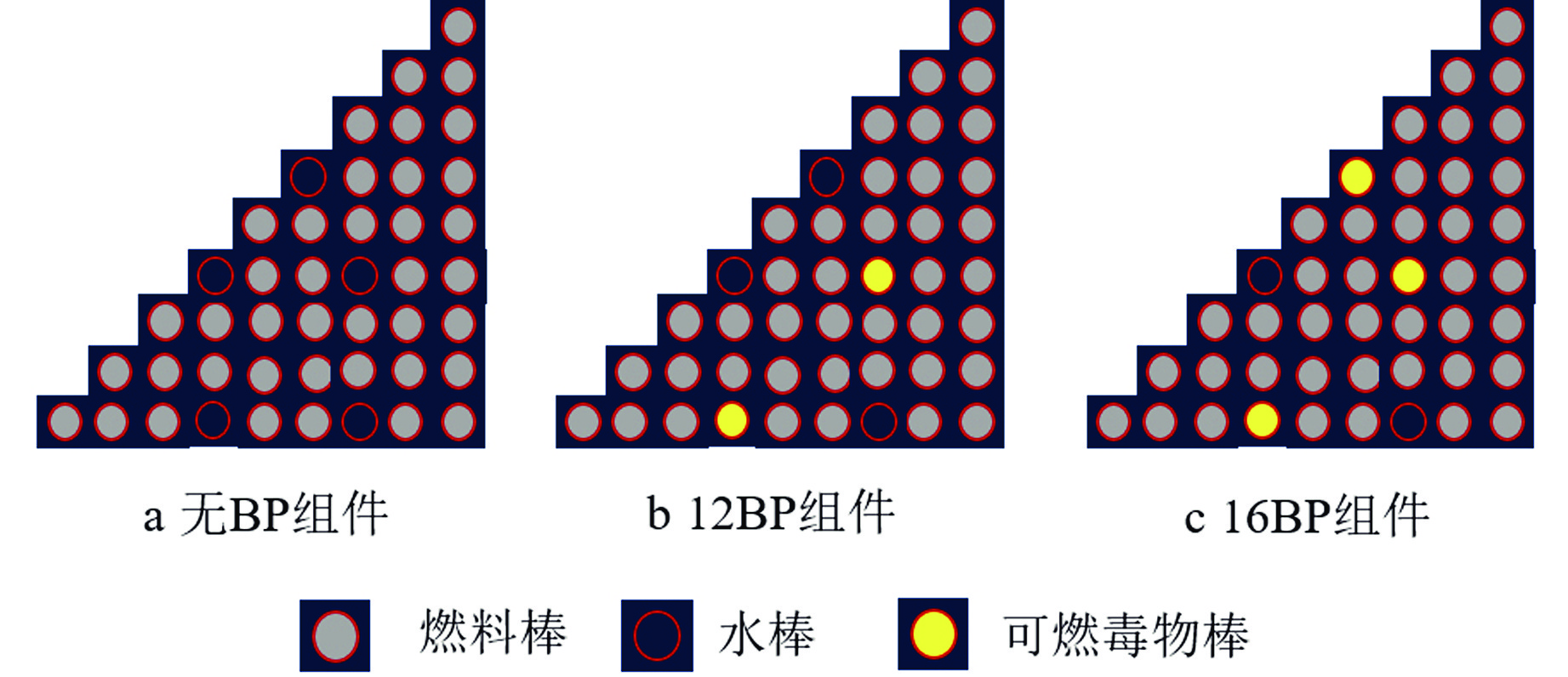Research on Optimization of Pressurized Water Reactor Core Loading Pattern Based on Neural Network and Genetic Algorithm
-
摘要: 堆芯装载模式(LP)优化可以提高反应堆的安全性和经济性,但是其优化过程需要大量耗时计算和丰富的人工经验。针对堆芯LP优化方案的快速评价问题,本研究利用全连接神经网络(FCNN)和卷积神经网络(CNN)生成大亚湾核电站首循环堆芯的中子学参数快速预测模型,实现了压水堆堆芯LP方案的快速评价。通过堆芯计算程序DONJON对预测模型的泛化能力和精度进行验证。针对堆芯LP方案的全局搜索问题,利用非支配排序遗传算法(NSGA)对大亚湾核电站首循环堆芯进行LP方案多目标优化并通过NSGA的参数调整提升了优化效果。结果表明NSGA系列算法可以用于包括堆芯LP优化在内的不同类型的核设计优化问题,并可以弥补人工搜索方案全局性差的缺点,同时NSGA结合超算的并行优化可以极大提高优化效率。针对堆芯LP方案快速优化的问题,利用基于GPU并行下的神经网络预测模型和NSGA开发联合优化程序,实现了大亚湾核电站首循环堆芯LP方案的快速优化。通过联合优化程序与“DONJON+NSGA”的优化结果比较,结果表明神经网络-遗传算法(GA)的联合优化程序能够得到结果比较接近的堆芯LP方案,同时将优化时间缩短了99%以上。
-
关键词:
- 堆芯装载模式(LP) /
- 神经网络 /
- 非支配排序遗传算法(NSGA) /
- 多目标优化 /
- 预测模型
Abstract: Core loading pattern (LP) optimization can enhance the safety and economy of reactors. However, its optimization process demands a considerable amount of time-consuming computations and extensive manual experience. Aiming at the rapid evaluation issue of core LP schemes, this study employed the fully connected neural network (FCNN) and convolutional neural network (CNN) to establish a rapid prediction model for the neutronic parameters of the Daya Bay first-cycle core, enabling a rapid assessment of the pressurized water reactor core LP scheme. The generalization ability and accuracy of the prediction model were verified through the core calculation code DONJON. Regarding the global search issue of the core optimization scheme, the non-dominated sorting genetic algorithm (NSGA) was utilized to carry out multi-objective optimization of the LP scheme for the Daya Bay first-cycle core, and the optimization effect was enhanced by adjusting the parameters of the NSGA algorithm. The results suggest that the NSGA series of algorithms can be applied to various types of nuclear design optimization, including core LP optimization, and can make up for the poor global nature of manual search schemes. Simultaneously, the parallel optimization of the NSGA algorithm in combination with supercomputing can significantly enhance the optimization efficiency. For the rapid optimization of the core LP scheme, a joint optimization code was developed by leveraging the neural network prediction model based on GPU parallelism and the NSGA algorithm, achieving rapid optimization of the Daya Bay first-cycle core LP scheme. By comparing the optimization results of the joint optimization code with those of "DONJON + NSGA", it is shown that the joint optimization code of the neural network-genetic algorithm can obtain core LP schemes with relatively similar results while reducing the optimization time by over 99%. -
表 1 大亚湾核电站首循环装载的燃料组件类型
Table 1. Types of Fuel Assembly Loaded in the First Cycle of Daya Bay Nuclear Power Plant
组件类型 富集度/% 可燃毒物棒的数量 1 1.8 0 2 2.4 0 3 2.4 12 4 2.4 16 5 3.1 0 6 3.1 12 7 3.1 16 表 2 堆芯建模参数
Table 2. Core Modeling Parameters
参数名 参数值 金属铀总质量/t 69.62 堆芯总体积/m3 26.55 堆芯高度/cm 365.8 堆芯热功率/MW 2088 表 3 神经网络的超参数组合
Table 3. Superparameter Combination of Neural Networks
超参数 循环长度(FCNN) 最大PPF(CNN) Epoch 100 250 Batchsize 32 128 学习率 0.001 0.001 激活函数 ReLu ReLu 优化器 Adam Adam 表 4 循环长度的五折交叉训练结果
Table 4. Five-fold Cross Training Results of Loop Length
训练次数 训练时间/min 训练误差/% 测试误差/% 第1次 2.73 0.22 0.23 第2次 2.70 0.23 0.25 第3次 2.76 0.23 0.24 第4次 2.67 0.21 0.23 第5次 2.64 0.23 0.24 平均值 2.70 0.22 0.24 表 5 最大PPF的五折交叉训练结果
Table 5. Five-fold Cross Training Results of Maximum PPF
训练次数 训练时间/min 训练误差/% 测试误差/% 第1次 224 0.93 1.00 第2次 232 0.91 0.99 第3次 223 0.92 0.99 第4次 220 0.91 0.98 第5次 233 0.90 0.98 平均值 226 0.91 0.99 表 6 NSGA不同的参数组合
Table 6. Different Parameter Combinations for NSGA
组合 多目标
优化算法种群
数量迭代
次数变异
算子概率交叉
算子概率A NSGA-Ⅱ 50 50 0.2 0.9 B NSGA-Ⅱ 50 100 0.2 0.9 C NSGA-Ⅱ 50 100 0.05 0.6 D NSGA-Ⅲ 50 50 0.2 0.9 E NSGA-Ⅲ 50 100 0.2 0.9 F NSGA-Ⅲ 50 100 0.05 0.6 表 7 4个最好方案的结果
Table 7. Results of the Best Four Schemes
方案序号 循环长度/d 最大PPF 7 497.13 1.55 8 499.62 1.70 10 499.07 1.65 21 498.78 1.62 -
[1] 丁辉. 基于混合差分进化的智能核设计方法研究[D]. 合肥: 中国科学技术大学,2019. [2] 宫兆虎,姚栋,王侃. 一种新的堆芯装载方案优化算法[J]. 核动力工程,2010, 31(S2): 88-91. [3] 杨红义,王端,王东东. 神经网络算法在我国核领域中的应用综述[J]. 核科学与技术,2020, 8(1): 19-34. [4] 马季,郝琛,谢晓芹,等. 集成学习模型的堆芯物理关键参数预测[J]. 哈尔滨工程大学学报,2021, 42(12): 1769-1776. [5] KIM H G, CHANG S H, LEE B H. Pressurized water reactor core parameter prediction using an artificial neural network[J]. Nuclear Science and Engineering, 1993, 113(1): 70-76. doi: 10.13182/NSE93-A23994 [6] PIROUZMAND A, DEHDASHTI M K. Estimation of relative power distribution and power peaking factor in a VVER-1000 reactor core using artificial neural networks[J]. Progress in Nuclear Energy, 2015, 85: 17-27. doi: 10.1016/j.pnucene.2015.06.001 [7] 韦子豪,王端,王东东,等. 神经网络-遗传复合算法在压水堆堆芯换料设计中的应用[J]. 原子能科学技术,2020, 54(5): 825-834. doi: 10.7538/yzk.2019.youxian.0788 [8] 雷铠灰,曹良志,万承辉,等. 基于深度卷积神经网络的堆芯换料方案性能评价研究[J]. 原子能科学技术,2021, 55(2): 279-285. doi: 10.7538/yzk.2020.youxian.0111 [9] ZHANG J C, ZHOU Y F, ZHANG Q, et al. Surrogate model of predicting eigenvalue and power distribution by convolutional neural network[J]. Frontiers in Energy Research, 2022, 10: 851231. doi: 10.3389/fenrg.2022.851231 [10] POON P W. Genetic algorithms and fuel cycle optimization[J]. Nuclear Engineer, 1990, 31(6): 173-177. [11] KARAHROUDI M R, SHIRAZI S A M, SEPANLOO K. Optimization of designing the core fuel loading pattern in a VVER-1000 nuclear power reactor using the genetic algorithm[J]. Annals of Nuclear Energy, 2013, 57: 142-150. doi: 10.1016/j.anucene.2013.01.051 [12] 周胜,胡永明,郑文祥. 大亚湾核电站首炉装载的遗传算法优化[J]. 清华大学学报: 自然科学版,2002, 42(12): 1624-1627. [13] SRINIVAS N, DEB K. Muiltiobjective optimization using nondominated sorting in genetic algorithms[J]. Evolutionary Computation, 1994, 2(3): 221-248. doi: 10.1162/evco.1994.2.3.221 [14] DEB K, PRATAP A, AGARWAL S, et al. A fast and elitist multiobjective genetic algorithm: NSGA-II[J]. IEEE Transactions on Evolutionary Computation, 2002, 6(2): 182-197. doi: 10.1109/4235.996017 [15] DEB K, JAIN H. An evolutionary many-objective optimization algorithm using reference-point-based nondominated sorting approach, part I: solving problems with box constraints[J]. IEEE Transactions on Evolutionary Computation, 2014, 18(4): 577-601. doi: 10.1109/TEVC.2013.2281535 [16] 吴高晨. 基于RMC的连续能量蒙特卡罗均匀化与群常数产生研究[D]. 北京: 清华大学,2018. [17] MARLEAU G, HÉBERT A, ROY R. A user guide for DRAGON version 5: IGE-335[R]. Canada: École Polytechnique de Montréal Montréal QC, 2017. [18] KIM I Y, DE WECK O L. Adaptive weighted-sum method for bi-objective optimization: Pareto front generation[J]. Structural and Multidisciplinary Optimization, 2005, 29(2): 149-158. doi: 10.1007/s00158-004-0465-1 [19] LIU S C, CAI J J. Studies of fuel loading pattern optimization for a typical pressurized water reactor (PWR) using improved pivot particle swarm method[J]. Annals of Nuclear Energy, 2012, 50: 117-125. doi: 10.1016/j.anucene.2012.08.007 -





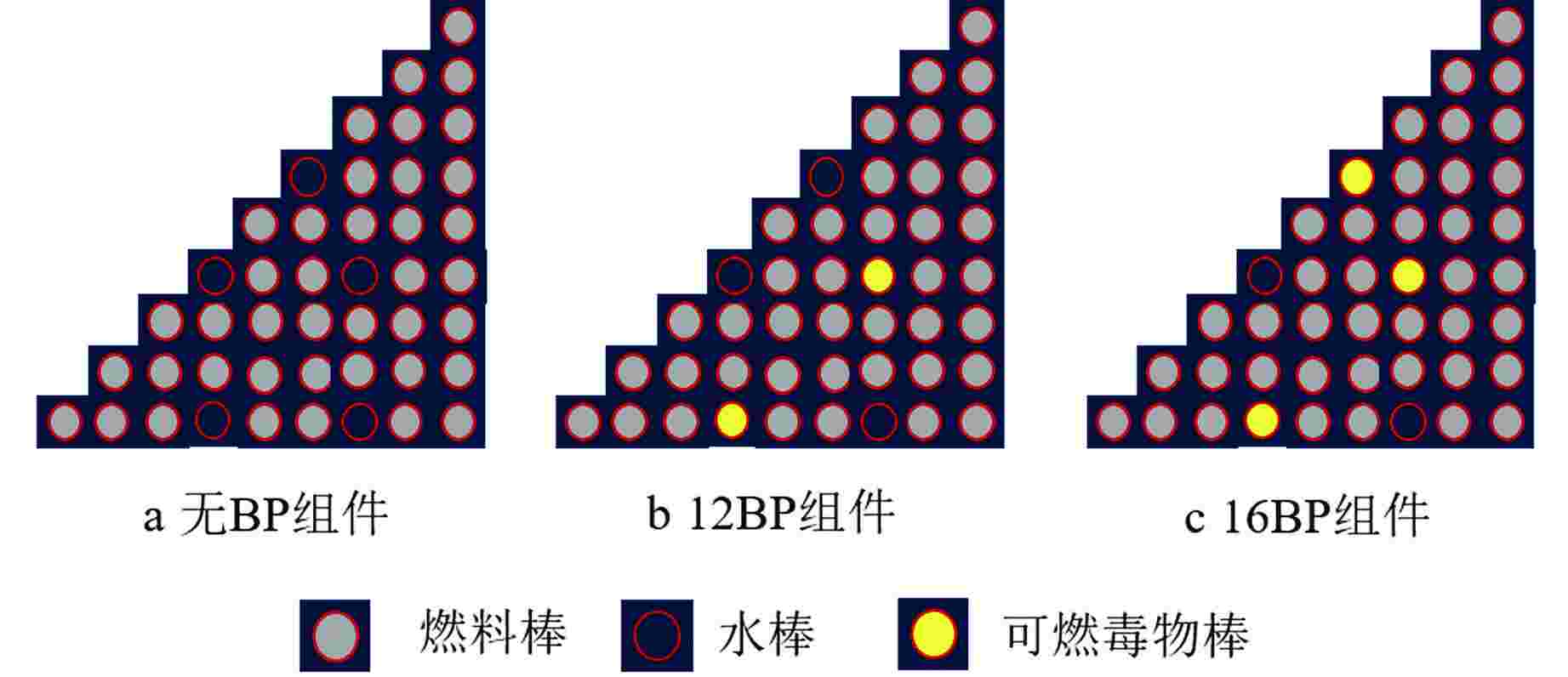
 下载:
下载:
